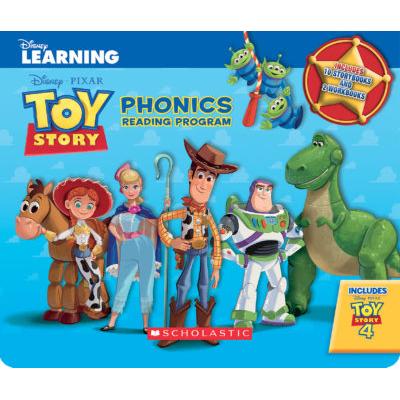6 prescription medicines used for treating migraines

6 prescription medicines used for treating migraines
A migraine is a form of severely painful, recurring headaches that are typically accompanied by a range of sensory symptoms such as temporary vision loss, pins and needles in the arms or legs, difficulty speaking, hearing noises, seeing bright lights, and uncontrollable jerking or other movements. Depending on the severity, this condition can last for hours or even days.
According to the American Migraine Foundation, over 36 million people are suffering from this condition. In addition, women are 3 times more likely to get migraines than men. While its exact cause still remains unknown, episodes can be triggered by hormonal fluctuations, emotional distress, fatigue, alcohol, caffeine, dehydration, certain types of medications, and environmental factors.
Treatment
The following medications are commonly used to treat migraine symptoms. Some of these help mitigate the existing headache, while some prevent the onset of a migraine, reducing the frequency of attacks.
- Ergomar®
Ergomar® belongs to a group of compounds known as ergot alkaloids. These are specially designed for migraine-type headaches, so they shouldn’t be taken to treat common tension headaches or other headaches different from migraine. This medication alleviates migraine headaches by narrowing the widened blood vessels in the head. Ergomar® works best on headaches that have already begun. It won’t be able to prevent migraine headaches or lower the frequency of attacks. - ONZETRA® Xsail®
ONZETRA® is a sumatriptan nasal powder that is dispensed via the Breath Powered® Xsail device. Sumatriptan comes from a class of medicines known as triptans. It affects serotonin levels that narrow blood vessels in the brain and also relieves pain by targeting certain types of nerves. This prescription medication is used for treating episodes of acute migraine with or without the symptoms of aura in adults. It doesn’t intend to prevent migraine attacks or to treat other forms of headaches including cluster headaches. - Trokendi XR®
Trokendi XR® (topiramate) is an anticonvulsant that is used to control some types of seizures. It is also used to prevent migraine attacks in adolescents and adults. This medication is only meant to prevent or lower the number of migraine headaches not to treat a headache that has already started. - BOTOX®
For people experiencing consistent migraine attacks, BOTOX® shots can be administered as a preventive measure. Experts reckon that this medication blocks chemicals known as neurotransmitters that transmit pain signals from the brain. This treatment is, however, only suitable for people who suffer from chronic headaches, i.e., 15 days or more in a month. So before considering this as an option, one should visit a neurologist to understand if their migraine is chronic or episodic. - Aimovig®
Calcitonin gene-related peptide (CGRP) is a type of protein that causes the blood vessels to dilate and triggers inflammation leading to migraines. Aimovig® is a monoclonal antibody that inhibits the activation of this specific protein. This prescription medication is used for preventing migraine attacks in adults. - AJOVY®
AJOVY® (fremanezumab-vfrm) is also a type of monoclonal antibody that prevents migraine episodes. It works by altering some natural substances in the brain, i.e., it blocks the activity of calcitonin gene-related peptide (CGRP).
It is of utmost significance to remember that all the medications mentioned above should be only taken under a doctor’s supervision.
Recent Articles
Recent Questions
What kind of life insurance builds cash value?
The rest of the premium payment will go toward your policy's cash value. The life insurance company generally invests this money in a conservative-yield investment. As you continue to pay premiums on the policy and earn more interest, the cash value grows over the years.
What is meant by insurance plans?
An insurance plan is the one that consists of a premium amount and other components used in getting a product insured. There may be various types of insurance plans with varying terms and policies.
What are the common components of insurance?
The most important components of most insurance plans are the premium and the contract. Anything written in the contract becomes its crucial component.
What are the various types of insurance policies?
There are various kinds on insurance policies that are available on various assets. Auto, health, commercial vehicle, and travel insurance are some of the popular types of insurance policies.







